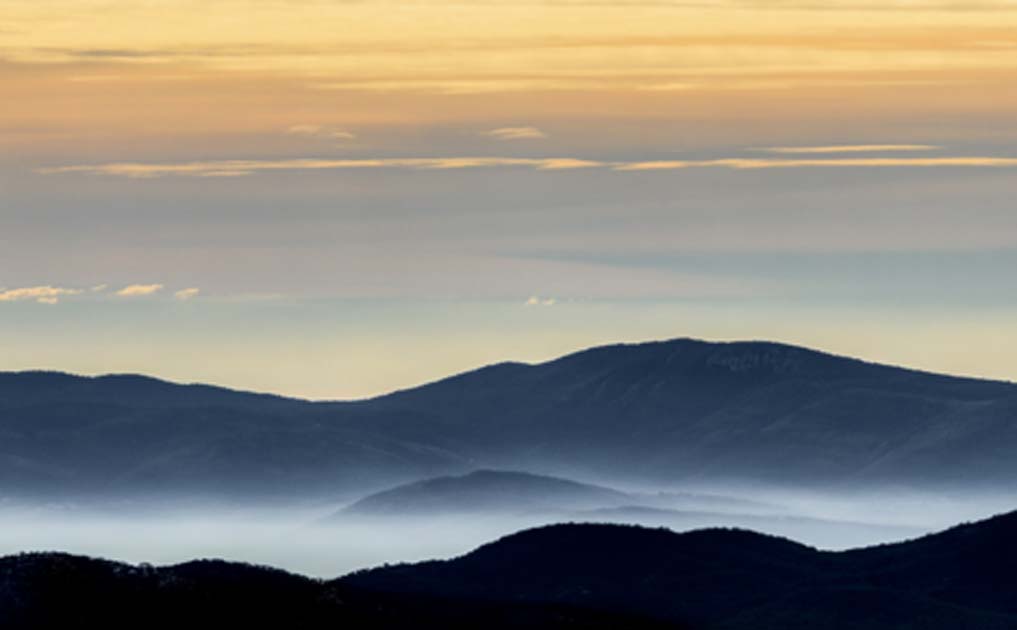Ancient Continent Discovered Hiding Beneath Europe
A mega-continent has been discovered that slid beneath Europe hundreds of millions of years ago.
While today we experience extreme weather patterns and the effects of the changing climate there has never been a safer time to live on planet Earth. 140 million years ago a supercontinent called Greater Adria slid beneath the landmass that is today southern Europe and researchers have now visually recreated the lost continent.

The ancient continent Greater Adria as it existed 140 million years ago, before sliding beneath what is now southern Europe. The darker green areas depict the land above the water and the lighter green, the land below. Source: Douwe van Hinsbergen.
Science magazine reported on the new study which was published earlier this month in the journal Gondwana Research, which established that Gondwana, a vast southern supercontinent made up of Africa, Antarctica, South America, and Australia included ‘Greater Adria’, a landmass that extended from what is now the Alps all the way to Iran.
Lead author of the paper, Douwe van Hinsbergen, the chair in global tectonics and paleogeography in the Department of Earth Sciences at Utrecht University in the Netherlands, said that not all of the landmass was above the water and that it was a string of islands or archipelagos, which would have been “good for scuba diving”, he added.
Continental Shifting
According to a report on National Geographic, around 240 million years ago, Greater Adria was part of the Pangea supercontinent that broke away from Africa 20 million years later, before separating from France and Spain 40 million years after that, becoming an isolated continent. Between 100 million to 120 million years ago, Greater Adria smashed into Europe and crumpled beneath it, forming the Alps and enshrining the rocks that the teams of geologists spent a decade collecting from the ancient continent.

Greater Adria was part of the Pangea supercontinent that broke away from Africa 20 million years later. (Justass / CC BY-SA 3.0)
Hinsbergen told Live Science that the Greater Adrian shift formed mountain belts in 30 different countries, each with their own geological survey, maps, stories, and their own continents, and he said the new study “brought that all together in one big picture”.
You know how problematic it is measuring and assembling an Ikea office chair, right? Well, where on earth do you start to measure the movement of an entire continent, and then interpret all the data accurately enough to draw a conclusion, especially a peer-reviewed one? It's like a big jigsaw puzzle, Hinsbergen said, where all the bits and pieces are jumbled up and he told Live Science that he spent “the last 10 years making the puzzle again”.

The Apennines in central Italy are part of the shaved-off remnants of the ancient continent of Greater Adria, tectonic sleuthing has revealed. (Marcel Oosterwijk / CC BY-SA 2.0)
Exploring Volcanoes And Coral Reefs
The researchers began by studying the orientations measured in tiny magnetic minerals that had been formed by primeval bacteria in these rocks, that align with the Earth's magnetic field. When these bacteria die, the residual magnetic minerals left behind in the sediment eventually turn into rock, locking in the bacteria’s original orientations, which the researchers reverse engineered taking them back hundreds of millions of years.
- Ancient Knowledge from Irish Manuscripts Used to Track Volcanic Activity and Climate Change
- Evidence of Major Cataclysm on Mars Which Would Have Destroyed any Life
- The Ancestral Myth of the Hollow Earth and Underground Civilizations
If we consider what a single earthquake or volcanic eruption can do to a landscape; twisting and bending it beyond recognition, how on earth did the scientists account for this when calculating the original orientations of the magnetic particles? Not to mention the magnetic pole is never still and swings back and forth in arcs over the millennia. Hinsbergen said that moving faults scatter rocks like pieces “of a broken plate”. Thus, his team of researchers worked like a squad of highly-trained antique restorers working on a smashed Ming vase, first collecting, then bringing together large rocks that had once been married from strings of volcanoes and coral reefs.
Skinned and Frozen In Time
Having spent over ten years gathering and studying groups of rocks, and with a table of matching magnetic orientations, the researchers finally created high resolution maps of the ancient continent. Their results confirm that before sliding into the depths of the mantle beneath the European landmass the ancient continent ‘twisted’ and moved northwards and the skinned top layer on the overlying plates forming what would later become the mountains of Italy, Turkey, Greece, the Alps, and the Balkans.

Rather than simply moving north with no change in its orientation, Greater Adria spun counterclockwise as it jostled and scraped past other tectonic plates. (Science Direct)
Today, if you were to visit the Adriatic Sea, turn your back to the water, and climb into the surrounding mountains, you would be scrambling over the crumpled leftovers; the skin of a lost continent that now bubbles through the volcanoes and geezers of Greece and Italy.
Top image: The Apennines in central Italy are part of the shaved-off remnants of the ancient continent of Greater Adria. (Travel Wild / Adobe Stock )
By Ashley Cowie



















